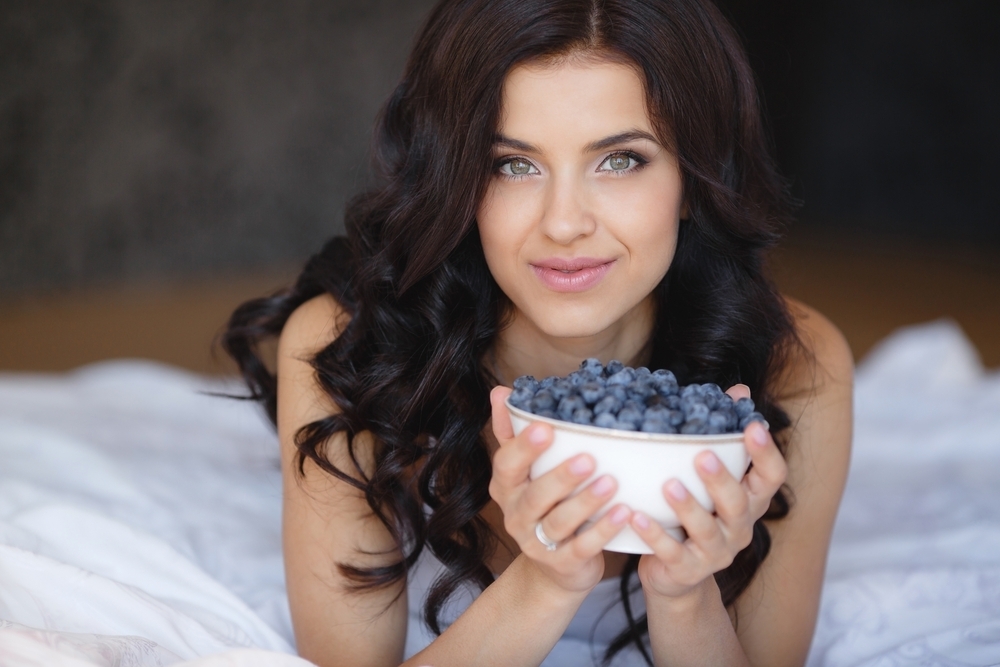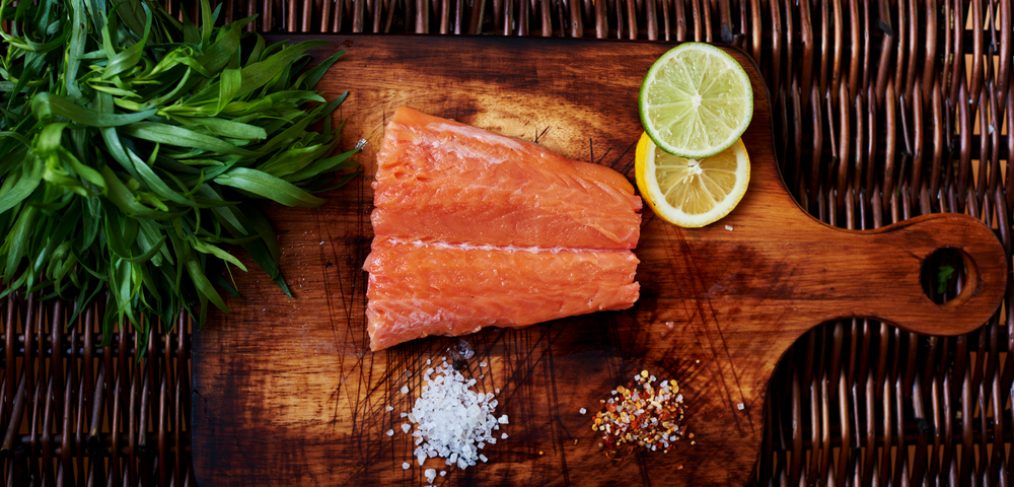Anyone who has seen “Crazy Stupid Love” will remember the scene in which Emma Stone first sees Ryan Gosling shirtless. She takes one look at his washboard abs and says, “Seriously? It’s like your’e photoshopped!” Well, while we can’t all walk around looking like we’re photoshopped, we can take certain measures to tighten up our bellies. If you’re serious about losing the muffin top, read on!
Live Well
Focus On Your Whole Body
Many people believe they can crunch their way to a flat belly, but contrary to popular belief, crunches and sit-ups do not guarantee a svelte middle. That’s because belly bulge is not about lack of muscle, it’s about extra body fat. If you’re hoping to rival Beyonce’s midriff, you need to burn calories, not build muscle. The best way to do this is by developing a workout that impacts several muscle groups so you strengthen your entire body while burning those excess calories.

Work Your Core
In exercise lingo, planking is a term that refers to a move that practices balance, targets abdominal muscles, and strengthens your back and chest. To execute a plank, begin in a push- up position, but with your hands directly under your shoulders as opposed to outside your chest. Bring your feet together and balance on the balls of your feet and the palms. of your hands. Hold the position for as long as you can. If you like this one, you can move on to side plank, reverse plank, and even work your way up to plank-ups and plank twists!
Side Bend Stretch
This exercise won’t make the fat disappear, but it will bring blood and oxygen to this area which may help break down fat. Try to do this three times a day to stretch the upper back, triceps and abs. Bend to one side stretching your opposite arm over your head and then quickly stretch sides, bending the other way and raising the other arm. This should be done continuously for a total of 10 stretches on each side.
Eat Well

Beans
Not only do beans contain the best types of carbs, they are also full of resistant starch to help you burn fat after meals. Plus, they keep you feeling full.
Berries
These natural beauties are proven to stop fat cells from increasing in size and also help the cells release a hormone, called adiponectin, which lowers blood sugar and reduces inflammation.
Nuts
Research finds that eating nuts twice a week makes a person less likely to gain weight than their non-nut eating buddies.
Avoid Alcohol
If you drink, even occasionally, you know that alcohol is the ultimate nemesis of weight loss. The demon alcohol releases estrogen into the blood and excess estrogen means you’re more likely to hold on your excess weight. Plus, it lowers your inhibitions and hinders judgement, which means a late night feast may suddenly look more appealing.
Cut Down On Sodium and Drink More Water
If you’re looking to get rid of the bloat, you should keep your sodium intake down to 1,500 mgs a day and increase the amount of water you drink. Be sure to read food labels. Most processed foods contain alarming amounts of sodium. Cut down your levels to lower your water retention.
Now go out and flatten that belly and wait for those jaws to start droppin’! Let us know how it works for you; we love to hear it!







